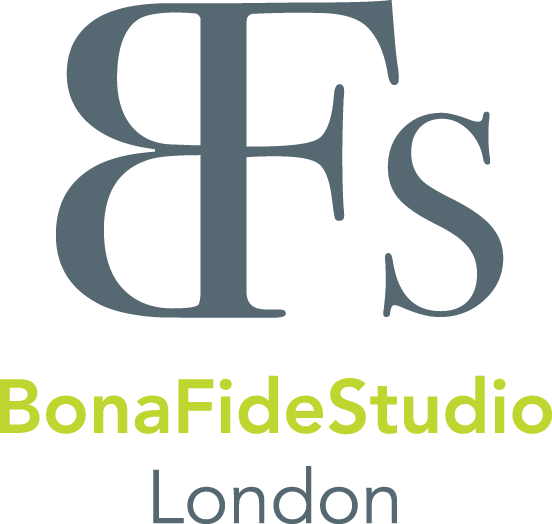
Microphone Positioning: Drums and Percussion
The drum kit is one of the most complicated sound sources to record. Although there are many different methods, some common techniques and principles should be understood.
Since the different parts of the drum kit have widely varying sounds they should be considered as individual instruments, or at least a small group of instrument types: Kick, Snare, Toms, Cymbals, and Percussion.
Certain mic characteristics are extremely critical for drum usage.
Dynamic Range – A drum can produce very high Sound Pressure Levels (SPLs). The microphone must be able to handle these levels. A dynamic microphone will usually handle high SPLs better than a condenser. Check the Maximum SPL in condenser microphone specifications. It should be at least 130 dB for closeup drum use.
Directionality – Because we want to consider each part of the kit an individual instrument; each drum may have its own mic. Interference effects may occur due to the close proximity of the mics to each other and to the various drums. Choosing mics that can reject sound at certain angles and placing them properly can be pivotal in achieving an overall drum mix with minimal phase problems.
Proximity Effect – Unidirectional mics may have excessive low-frequency response when placed very close to the drums.
A low-frequency roll-off either on the microphone or at the mixer will help reduce the “muddied” sound. However, the proximity effect may also enhance low-frequency response if desired. It can also be used to effectively reduce pickup of distant low-frequency sources by the amount of low-frequency roll-off used to control the closeup source.
Typically, drums are isolated in their own room to prevent bleed-through to microphones on other instruments. In professional studios, it is common for the drums to be raised above the floor. This helps reduce low-frequency transmission through the ground.
This drum’s purpose in most music is to provide transient, low-frequency energy bursts that help establish the primary rhythmic pattern of a song. The kick drum’s energy is primarily focused in two areas: very low-end timbre and “attack”.
Although this varies by individual drum, the attack tends to be in the 2.5- 5kHz range. A microphone for this use should have good low-frequency response and possibly a boost in the attack range, although this can be done easily with EQ. The mic should be placed in the drum, in close proximity (1 – 6 inches), facing the beater head or for less “slap” just inside the hole.
Snare drum is the most piercing drum in the kit and almost always establishes tempo. In modern music it usually indicates when to clap your hands! This is an extremely transient drum with little or no sustain to it. Its attack energy is focused in the 4 – 6kHz range. Typically, the drum is miked on the top head at the edge of the drum with a cardioid or supercardioid microphone.
Hi-hats cymbals are primarily short, high-frequency bursts used for timekeeping, although the cymbals can be opened for a more loose sound. Many times the overhead mics will provide enough response to the high hat to eliminate the need for a separate hi-hat microphone.
If necessary, a mic placed away from the puff of air that happens when hi-hats close and within four inches to the cymbals should be a good starting point. Simpler methods of drum miking are used for jazz and any application where open, natural kit sounds are desired. Using fewer mics over sections of the drums is common. Also, one high-quality mic placed at a distance facing the whole kit may capture the sounds of kit and room acoustics in an enjoyable balance. Additional mics may be added to reinforce certain parts of the kit that are used more frequently.
While the kick and snare establish the low and high rhythmic functions, the toms are multiple drums that will be tuned from high to low between the snare and kick. They are primarily used for fills, but may also be consistent parts of the rhythmic structure.
The attack range is similar to the snare drum, but often with more sustain. An individual directional mic on the top head near the edge can be used on each drum and panned to create some spatial imaging. A simpler setup is to place one mic slightly above and directly between two toms.
The cymbals perform a variety of sonic duties from sibilant transient exclamation points to high-frequency timekeeping. In any case, most of the energy is high-frequency content.
Flat frequency response condenser microphones will give an accurate reproduction of these sounds. Having microphones with low-frequency roll-off will help to reject some of the sounds of the rest of the kit, which may otherwise cause phase problems when the drum channels are being mixed.
The common approach to capturing the array of cymbals that a drummer may use is an overhead stereo pair of microphones.
If you want to learn more why not book a 1-2-1 tutorial with one of the engineers? From only £20 per lesson: 0208 883 9641



